When and how to prune daffodils after flowering?

Daffodils are delicate, perennial flowering plants with a rich aroma. Today, there are more than 100 types of these flowers. Many gardeners love them for their early spring flowering, pleasant smell and aesthetic beauty. Narcissus propagates by bulbs, and for good germination and flowering, the head must receive the maximum supply of beneficial nutrients.
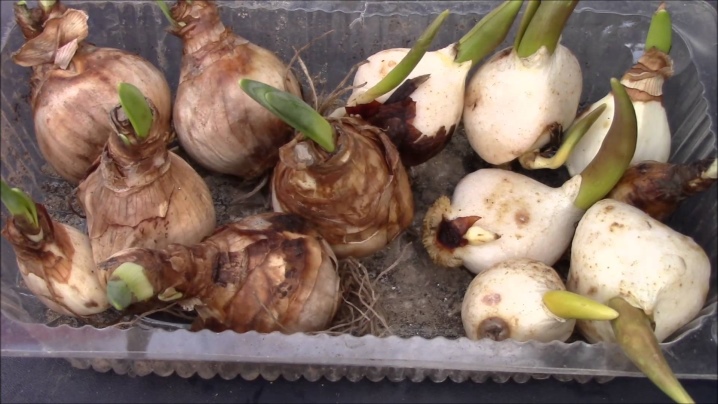
Why Pruning Daffodils?
Pruning the tops of daffodils helps preserve nutrients for the bulbs. Properly prepared bulbs hibernate better outdoors and store well at home.
In no case should you cut green elastic leaves at the root. Before the foliage dries up, the foundation for future flowering is laid in the rhizome through the outflow of useful trace elements from the tops.
Daffodil foliage can remain green for up to 2.5 months after the buds have faded. When the bulb is fully ripe, the tops become soft and lay down on the ground. If you prune the succulent leaves too close to the ground, the rhizome will not be properly nourished.
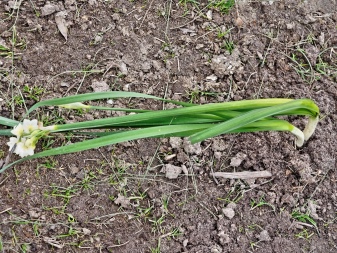

Flowers for the next year will be small or there will be very few of them, and in some cases there may be no buds at all.
Immediately after flowering, the leaves of daffodils can be cut with a dry and clean pruner to the middle (in height) so that they do not interfere with neighboring plants. It is better to trim all the tops at the same level - this is not only aesthetically pleasing, but also beneficial for the pigmentation of the bulb.
Tying up decaying leaves is not recommended, as this will prevent the natural dying off of the tops, impair ventilation and make it difficult to uniform sunlight, which can cause leaf rot.
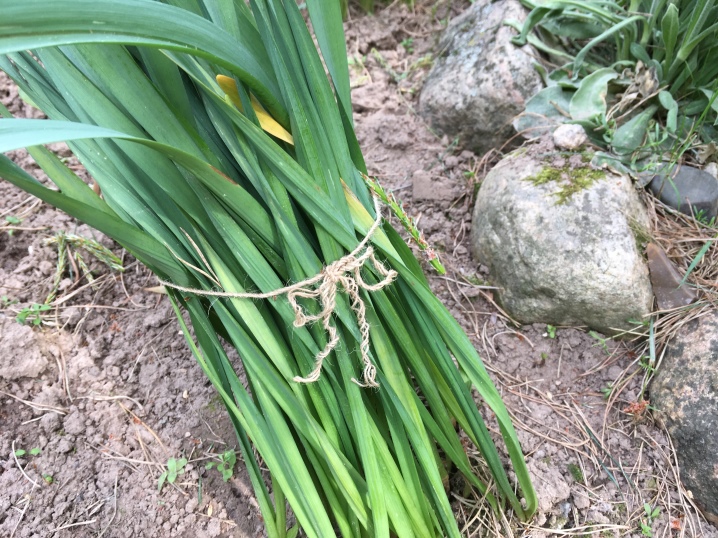
Timing
If you plan to dig up the bulbs for the winter, then this should be done when the tops turn yellow. Returning the plant to its original place when planting is not worth it, since the earth must "rest" for several years.
The flower stalks of daffodils do not have leaves, so pruning the stems does not affect the bulbs at all. However, the formation of new seeds will take some of the nutrients from the rhizome, so it is better to cut off the faded buds immediately.

There is no exact time for pruning daffodils, it is necessary to observe the condition of the leaves and the change in the weather (it is advisable to be in time before the onset of the first frost). You can cut the foliage at the root only after the tops have almost completely turned yellow, so that the bulb will survive the winter at rest and prepare for a new shoot.
After the end of flowering, the plant must be fed with phosphorus-potassium fertilizer and left alone for at least 2 weeks, maintaining the usual watering regime.
Dig up daffodils no earlier than 2 months after the end of flowering. If you are late with this procedure, then the plant will re-root and will very badly tolerate division into bulbs. For digging, do not wait until the tops are completely flat on the ground, as it will be difficult to determine the boundaries of the bulbs.

Step-by-step instruction
Correct and timely pruning of daffodil leaves will serve as a guarantee of lush flowering next year. Pruning daffodils after flowering at the root should not be immediately, the whole procedure will look like this:
- when the buds fade, dry stems with flowers should be cut off immediately, while the foliage must be left;
- further, when the bush begins to decay, the tops can be cut in half in height;
- after trimming, the soil should be carefully loosened;
- then the plant must be fed with phosphorus-potassium fertilizer;
- then you should water the daffodils for about 2 weeks, gradually reducing the amount of water and the frequency of watering;
- after the tops are completely yellow, it should be cut as close to the ground as possible, at a height of about 5 cm.
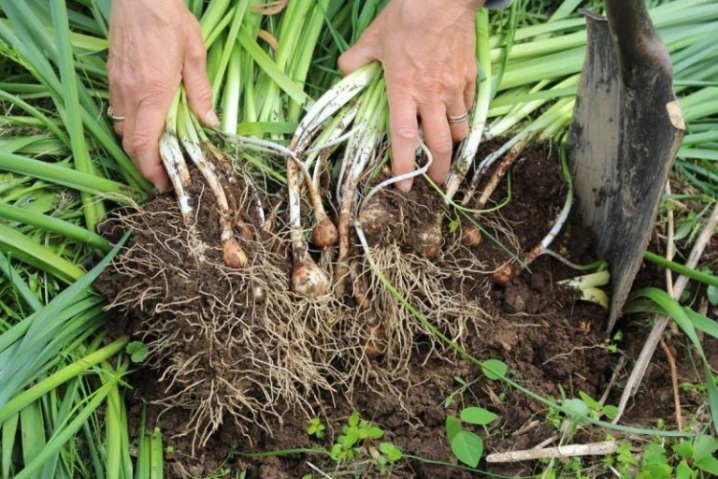
Further actions depend on whether the bulbs are transplanted or dug up for storage.
If wintering in the ground without transplanting is supposed, the rhizome should be mulched before the first frost with dry grass, peat or wood ash. It is also necessary to shelter daffodils if there is often a thaw in winter and frost strikes next: the bulbs can begin to germinate during the thaw and die from a sharp drop in temperature.
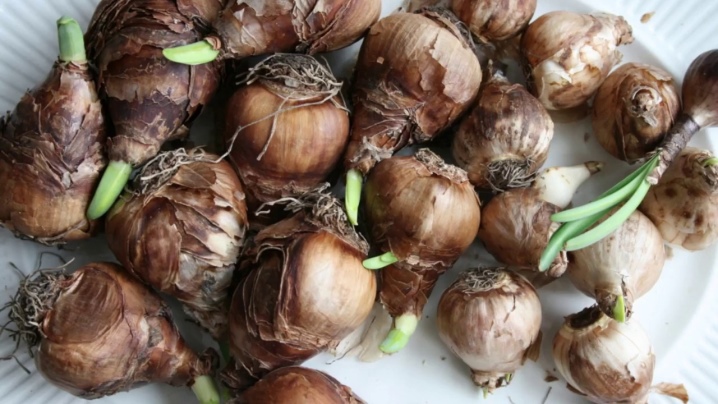
If the heads are dug out for storage, they must be carefully cleaned of large lumps of earth and allowed to dry at a temperature of 22-24 degrees in a well-ventilated area. Dried bulbs should be wrapped in white writing paper (thinner than copier paper and free of the harmful printing ink found on newspapers). It is recommended to store the bulbs at a temperature of 10-15 degrees in a dry and dark place.
Daffodils should be planted at the end of September, about a month before the first frost, so that the bulb can take root in warm ground. If the flower bud inside the head freezes or does not have time to take root, the flower will not bloom.
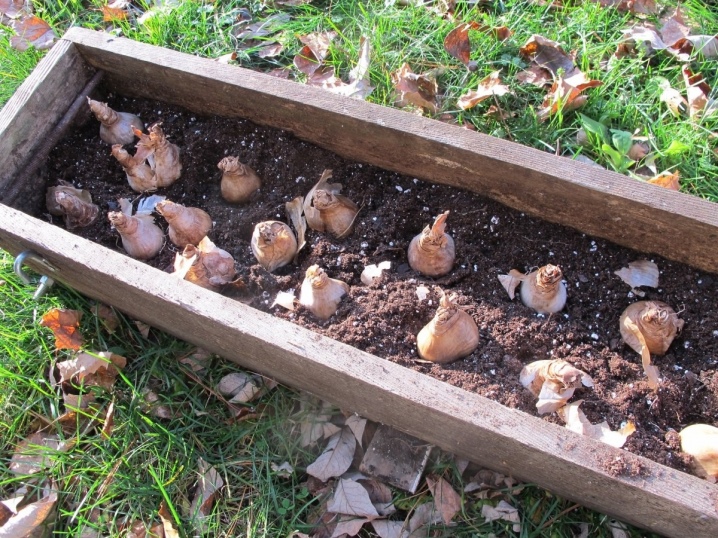
Recommendations
Daffodils will delight with their lush flowering for many years, if you choose them correctly, plant them and provide proper care.
- You need to be careful when buying: a mature daffodil head is designated in the store as a "third-parsing onion" and is of medium size. Flowering bulbs have a destroyed root system and will not take root, and small heads are babies, they have an insufficient supply of nutrients, they will die without a mother bulb.
- Every 3-5 years, the bulbs must be planted, since in 1 year up to 5 babies can grow on the mother's bulb, and the original bulb can rot due to lack of nutrition. However, there are some varieties that require annual replanting, such as the terry daffodil.
- The heads should be treated with a disinfectant solution before planting.
- Plant no more than 5 bulbs in one nest.
- The optimum planting depth of daffodils is 16 cm. If planted deeply, the plant will not bloom.
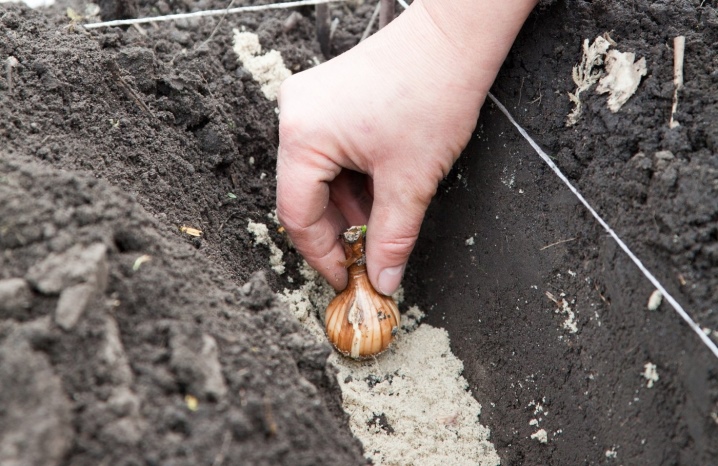
In addition to basic care and proper trimming of leaves, it is important to feed this plant in a timely manner:
- the first spring feeding is done with the appearance of the first shoots;
- next - when the first buds begin to appear;
- the third - during the flowering period;
- the final one - after the buds have dried.
The leaves of daffodils remain green for a long time, so it is better to plant them in a flower bed with late flowering plants.
If you properly cut the tops after flowering, feed and plant the bulbs in a timely manner, then daffodils will decorate the garden with their flowering and aroma for many years.
How to care for daffodils after flowering, see below.






































































































The comment was sent successfully.